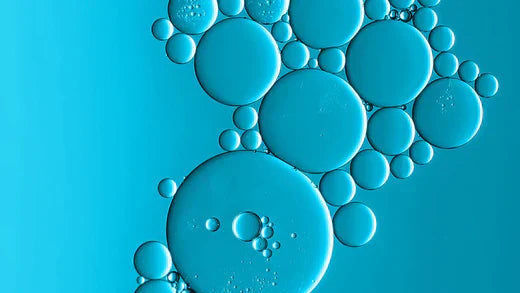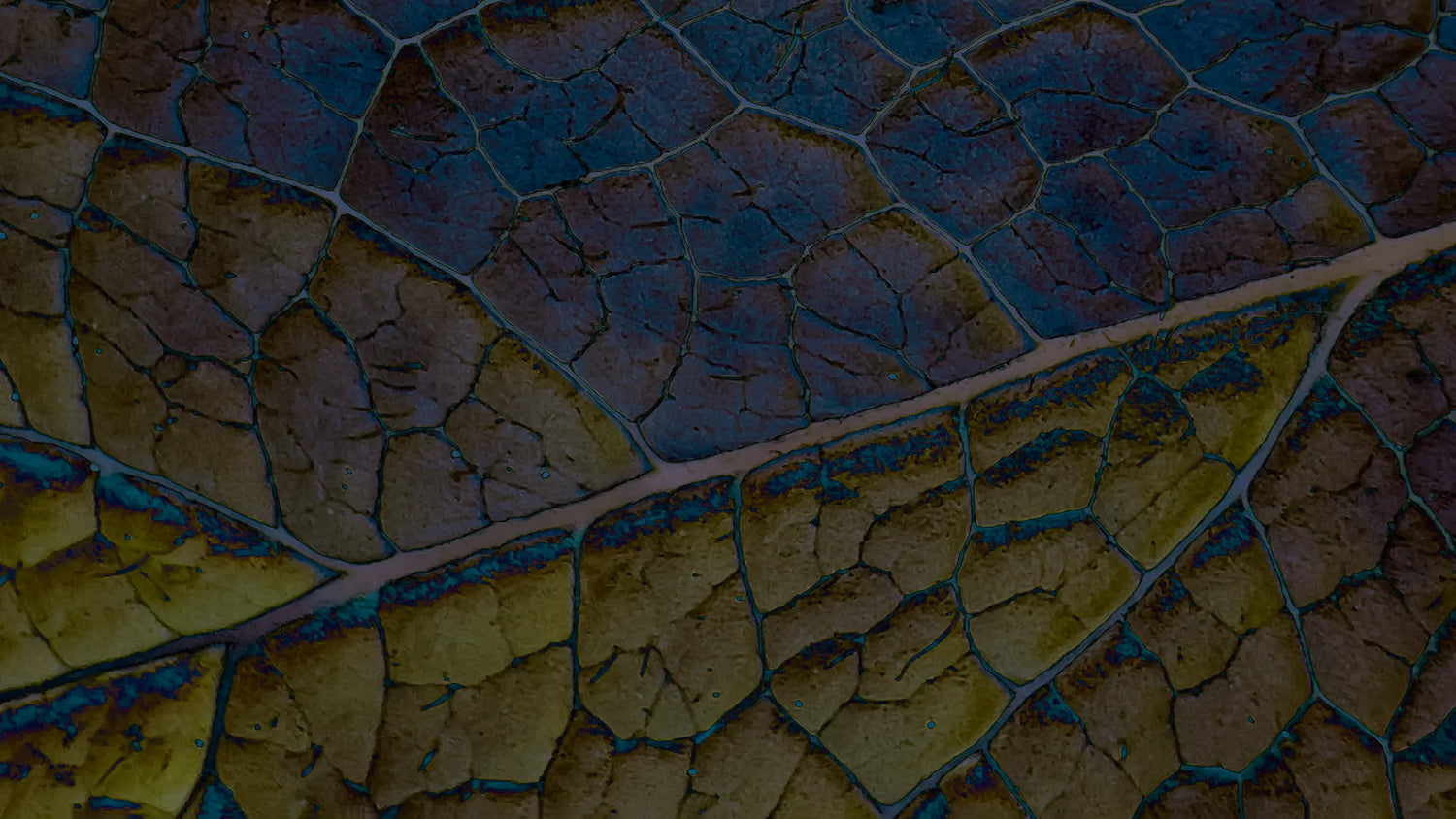Have you ever wondered why some meadows are wild and full of flowers, while others are lush, green, and densely overgrown? The difference lies in the type of meadow – lean versus rich meadows. These two types of meadows not only play a crucial role in our environment but are also the basis for something very special: hay flowers!
What Are Lean Meadows?
Lean meadows are grasslands that thrive on nutrient-poor soils. They receive little to no fertilizer and are often found at higher altitudes or on less fertile soils. These conditions mean that lean meadows are home to a unique diversity of flora and fauna. Typical plant species include arnica, bearded bellflower, and various orchid species. Special grasses such as bluegrass and rusty sedge may also occur at increasing altitudes.
Characteristics and Importance of Rich Meadows
In contrast, rich meadows are nutrient-rich areas that maintain their lush vegetation through regular fertilization with manure or slurry. They are often more productive and primarily used for agricultural purposes, particularly for hay production or as pastureland for livestock. They are mainly covered with yellow and white flowers. Typical plants here include white clover, alfalfa, hogweed, dandelion, and buttercup.
Ecological Assessment and Challenges
According to Georg Artmann, an expert in ecological assessment, intensive fertilization does increase yields in the short term, but biodiversity suffers considerably under such conditions. Lean meadows, on the other hand, not only provide a habitat for numerous insects thanks to their diverse plant species, but also promote soil health and help maintain ecological balance.
Care of Lean Meadows
To preserve and promote lean meadows, it is important to avoid excessive fertilization and support the natural vegetation. Regular but gentle mowing without the addition of fertilizer helps to preserve the characteristic flora and keep invasive species away. In addition, these areas should be protected as ecologically valuable biotopes.
Another advantage comes from using hay flowers as an extract or in other products: farmers have the opportunity to generate income from natural meadows. This increases their motivation to preserve and care for these valuable meadows.
From the Lean Meadow to Hay Flower Extract
The careful care and maintenance of lean meadows not only have a positive impact on the environment, but also hold valuable potential for health. Numerous herbs and flowers thrive in these species-rich meadows, forming the basis for our high-quality Hay Flower Extract. Gentle cultivation methods and the avoidance of artificial fertilizers ensure that the healing properties of the plants are preserved. This nature-based approach enables us to obtain an extract that is rich in essential oils and bioactive substances. These ingredients are known to be effective in relieving muscle and joint pain. This closes the circle of ecological responsibility and natural healing power, with every step towards sustainability simultaneously promoting our health.

Would you like to find out more about our HELFE Hay Flower Products? Then simply follow this link. And if your curiosity about hay flowers or other herbs and plants has been sparked, you can find more exciting information at helpful herbs & plants.
Sources:
Meadow Championship, Green Vorarlberg & Vorarlberg Nature Conservation Council. (2012). Vorarlberg Meadow Championship.
Artmann, G. (1993). Ecological assessment of semi-natural meadows, pastures and wasteland areas based on the locust fauna.





